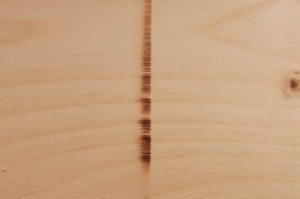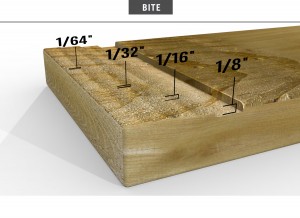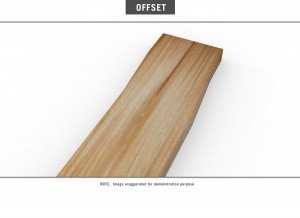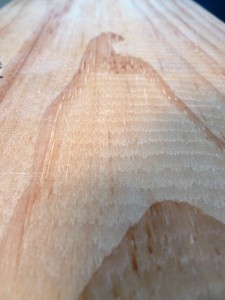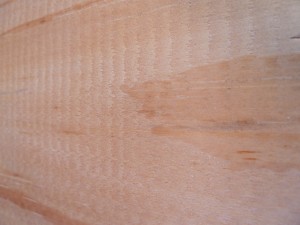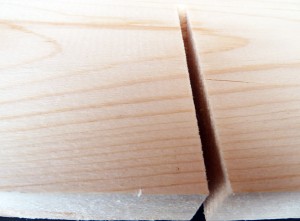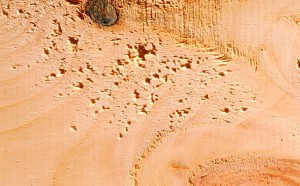
Torn Grain – an irregularity in the surface of a piece where wood has been torn or broken out by surfacing. Torn grain is defined based on the depth of the tear. [Standard Grading Rules for Northeastern Lumber para. 720.0 (b)]
Very light torn grain – not over 1/64” deep
Light torn grain – not over 1/32” deep
Medium torn grain – not over 1/16” deep
Heavy torn grain – not over 1/8” deep
Very heavy torn grain – over 1/8” deep



